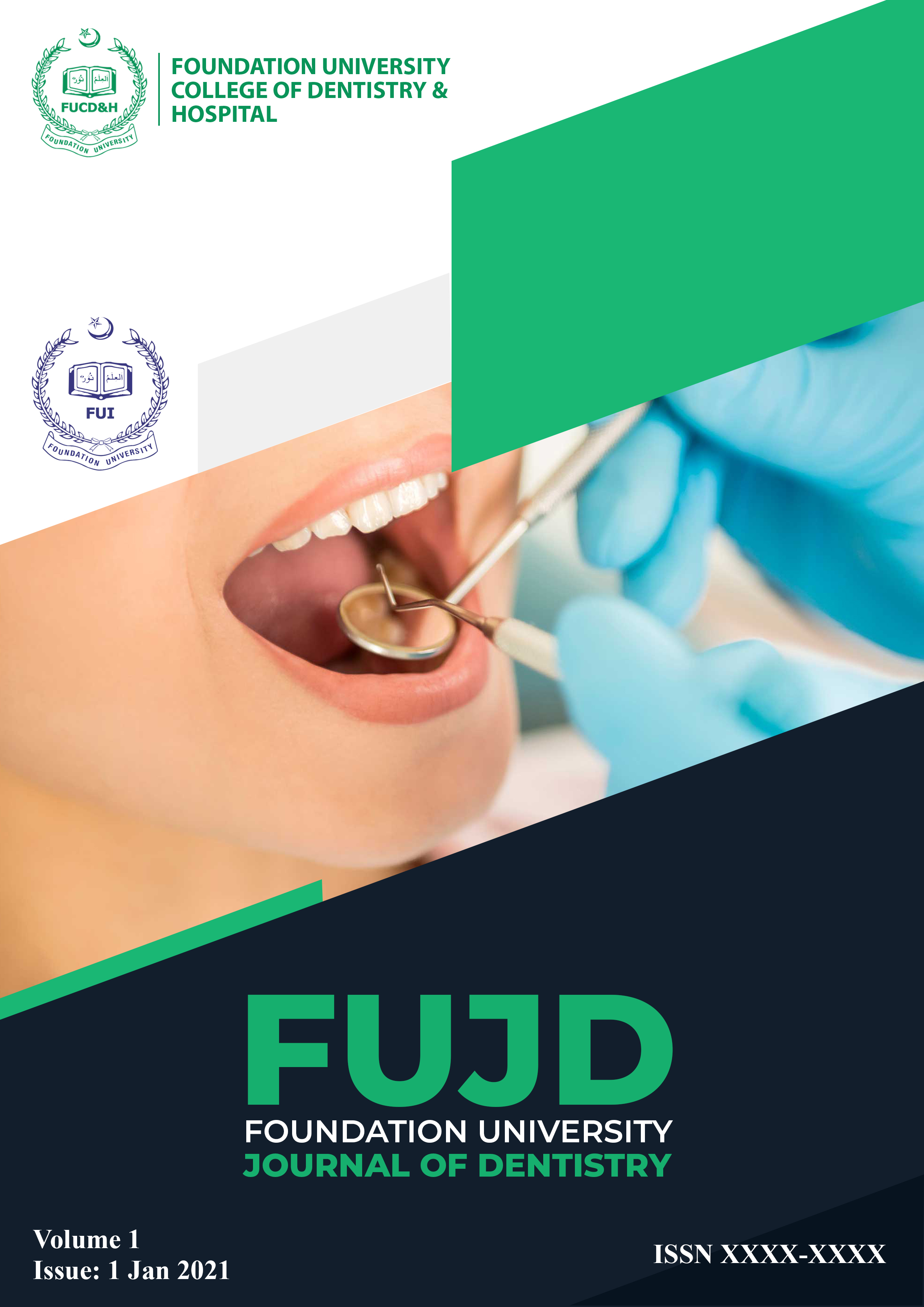A Comparative Study of Two Blended Learning Strategies: Team-Based Learning and Directed Self Learning During COVID-19 in Pakistan
Abstract
Objective: This study aimed to compare two blended instructional approaches: Online plus Team-Based Learning (TBL) versus Online plus Directed Self Learning (DSL) by evaluating students' post-test assessment scores and their responses on a feedback questionnaire during the COVID-19 in Pakistan.
Materials and Methods: Fifty first-year dental students participated in a quasi-experimental comparative study using a non-probability convenient sampling technique. During the pandemic lockdown, all students received online lectures on anatomy followed by an on-campus pre-test. Two interventional learning approaches TBL & DSL, were used to blend with online lectures followed by a post-test. A feedback questionnaire was given to students and responses were compared. Data were analyzed by using SPSS version 23, with a significant p-value of ≤ 0.05.
Results: The comparison of post-test assessment scores of the TBL group (12.38 ± 2.55) and DSL group (10.70 ± 2.67) revealed a statistically significant difference (p=0.047). Most responses by the TBL group were statistically significant: motivation towards learning (p<0.01), analysis of learning through feedback (p<0.001), preference for collaborative work (p<0.001) and assessment of blended instruction (p <0.001).
Conclusion: Blended TBL proved to be more effective than the blended DSL approach in improving students' test scores in anatomy. The majority of students preferred TBL as a learning approach that motivated them to learn anatomy, promoted collaborative work, and enhanced cognitive and decision-making skills through immediate feedback. Furthermore, students recommended TBL to supplement online lectures and should be offered more frequently in the curriculum.

This work is licensed under a Creative Commons Attribution-NonCommercial 4.0 International License.
All copyrights © are reserved with the author(s) under (CC BY-NC 4.0). Foundation University Journal of Dentistry (FUJD) is an open-access peer-reviewed journal that allows free access to its published articles, in addition, to copying and use for research and academic purposes; provided the article is correctly cited. FUJD does not allow commercial use of any article published in FUJD. All articles published represent the view of the authors and do not reflect the official policy of FUJD.



